THREE SCENES OF VEGETARIAN FEEDING FRENZY
All the photographs in this post were taken at the end of June 2021, on the meadows near the sea, in the coastal area about six kilometers from where I live.

The first scene revolves around the Eryngium amethystinum.
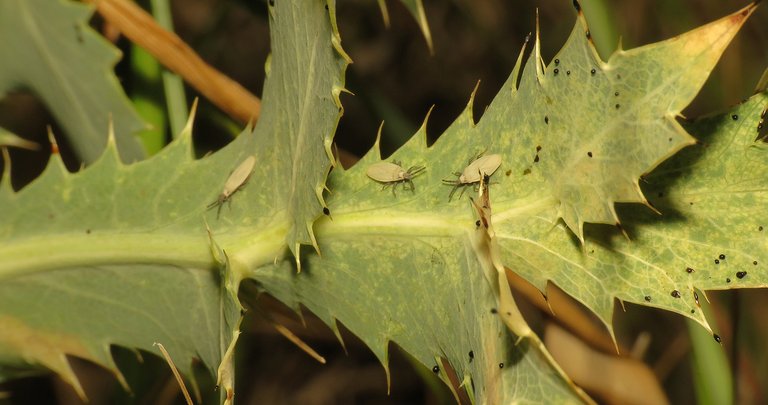
While sniffing around these resilient plants covered with many thorns ...
... I noticed some elegant bugs, completely new to me.
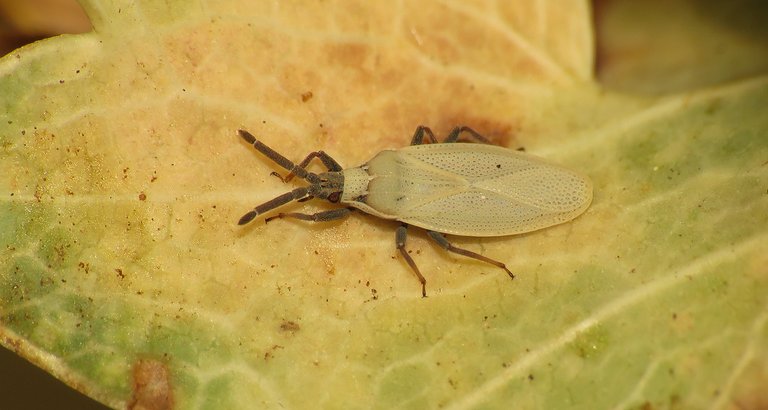
Only today, while preparing this post, I found out the name of the species.
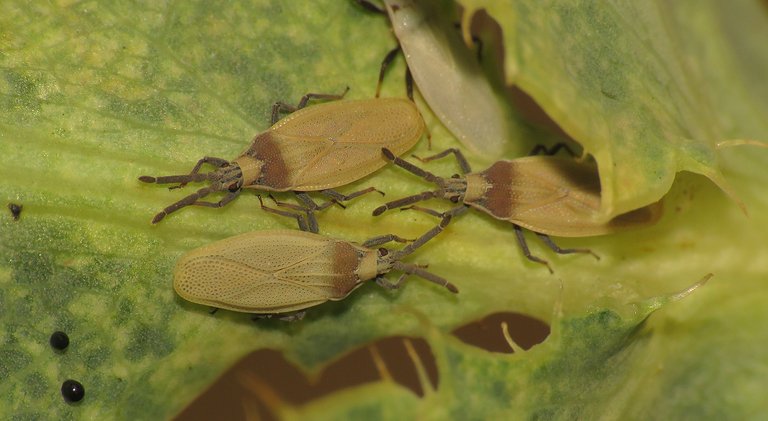
This is the Catoplatus carthusianus ...
... a species that feeds and reproduces on Eryngium amethystinum and Eryngium campestre. That's all I found out about these bugs on the Internet. The name and the fact that feed on the sap of Eryngium plants.
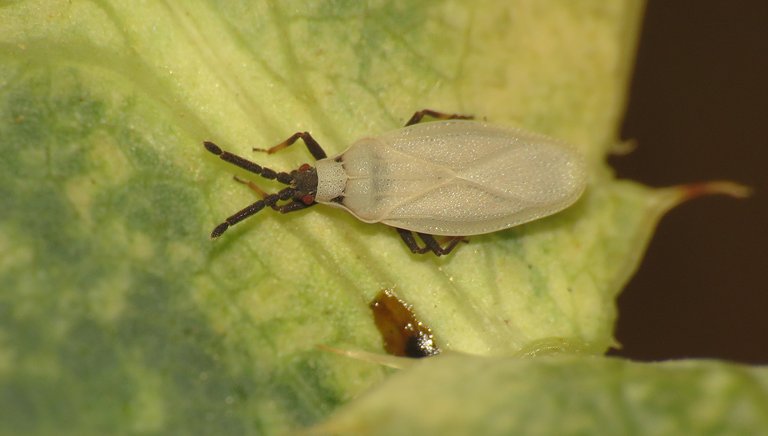
Catoplatus carthusianus is a bug from the Tingidae family.
Bugs from this family are commonly known as lace bugs.
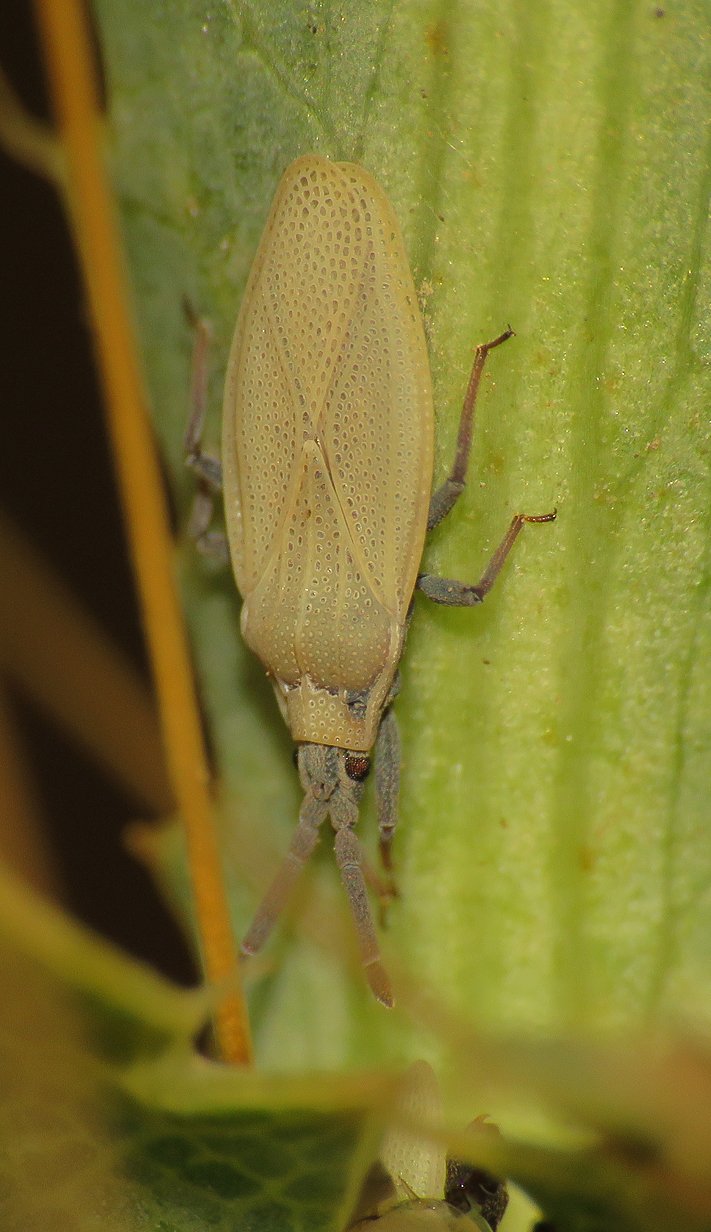
Lace bugs are very small insects, so the beautiful, sophisticated design of their exoskeleton, can be admired only through a good macro lens.
They are called lace bugs because the dorsal side of the thorax and forewings of adults have a delicate and intricate network of divided areas that resemble lace.
I kept seeing this species for about a week or so, only on one group of Eryngium plants, in one particular area of the vast coastal meadows ...
... and then they disappeared from sight.
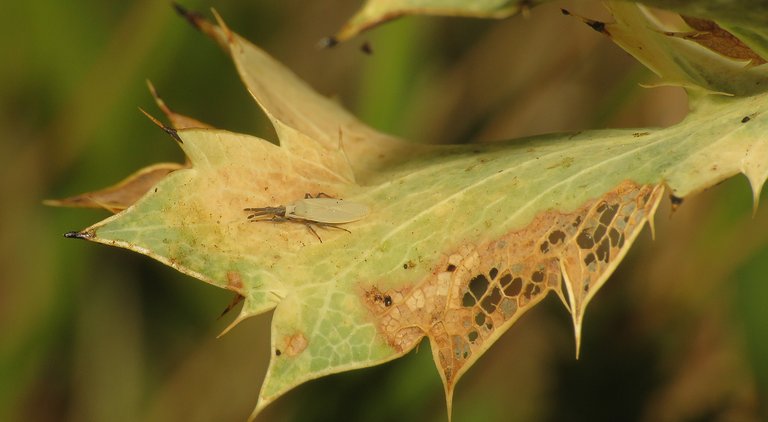
And are still nowhere to be seen.
It was a brief but memorable encounter ...
... and the stories continues with another coastal plant, the Euphorbia rigida, commonly known as the Upright myrtle spurge. When cut or broken, the wounds leak a milky sap which can cause skin irritation, and all part of the plant are toxic for many animals, including the Homo sapiens, but the minuscule leaf beetles on the following shot ...
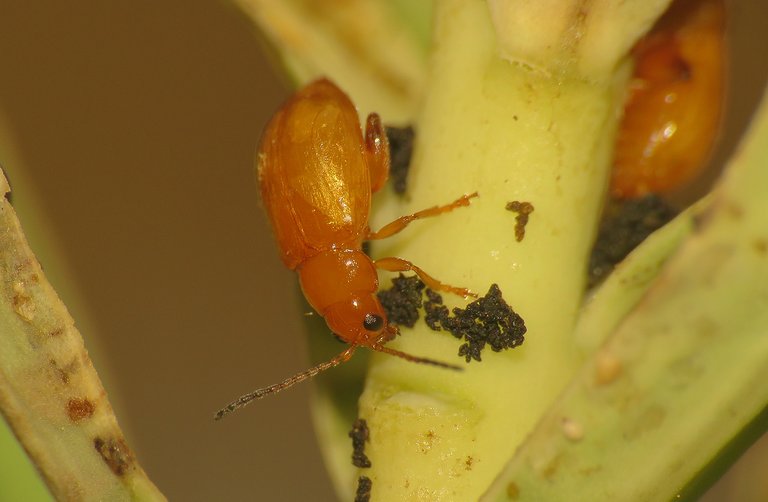
... have no problem while chewing and digesting ...
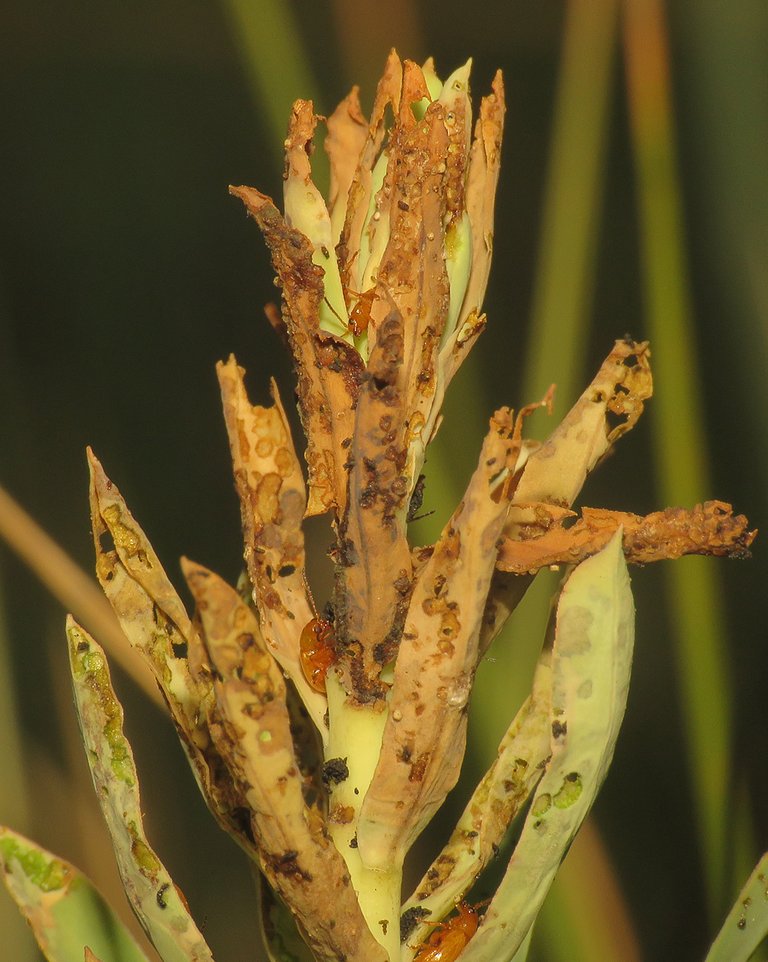
... the soft upper parts of the plant.
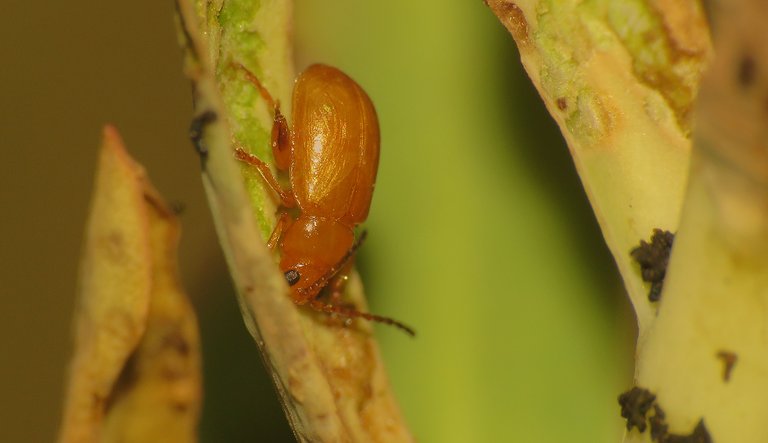
This is the Aphthona cyparissiae, a flea beetle from the Chrysomelidae family ...
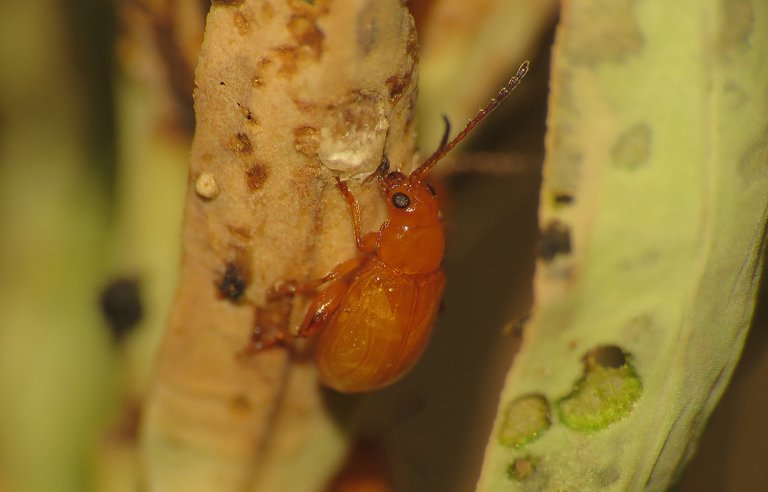
... that feeds and reproduces on some Euphorbiaceae plants, mainly the Euphorbia rigida and the Euphorbia cyparissias, commonly known as the Cypress spurge.
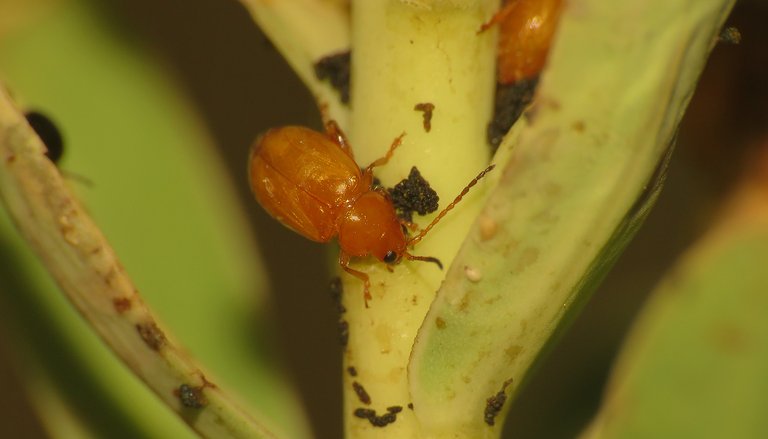
Adults feed on leaves and flowers, and high populations may defoliate spurge plants ...
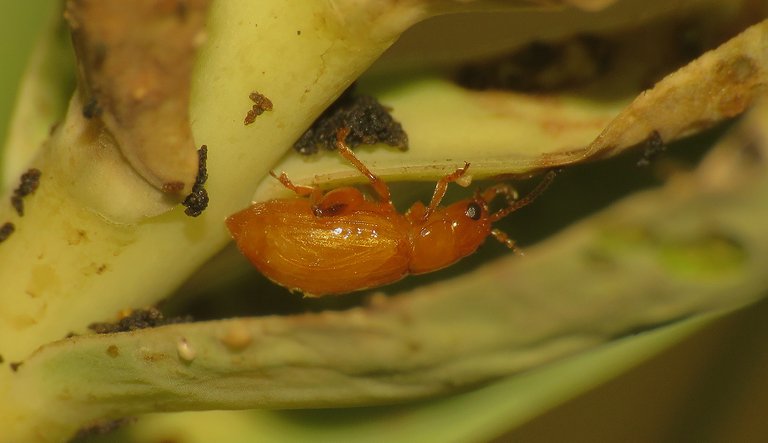
... while the larvae are in the soil, where they chew the plant's roots. I haven't found any larvae back then, at the end of June ...
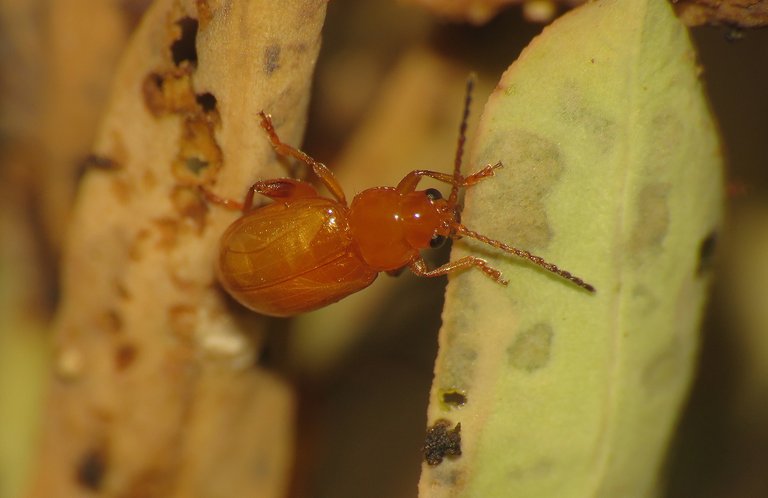
... when these photographs were taken.
Here you can see another, similar species feeding alongside the Aphthona cyparissiae.
Aphthona euphorbiae is the name of the smaller flea beetle species with dark, metallic shine.
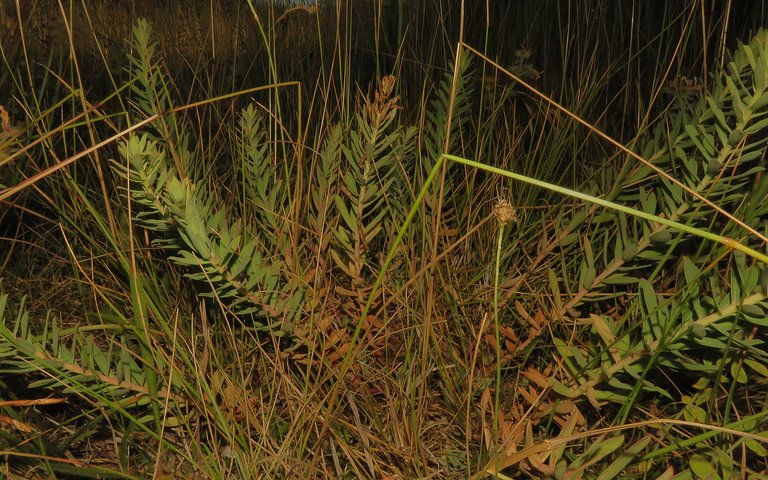
After this second, spurge - centered chapter ...

... the post continues with some lovely, spotted larvae ...
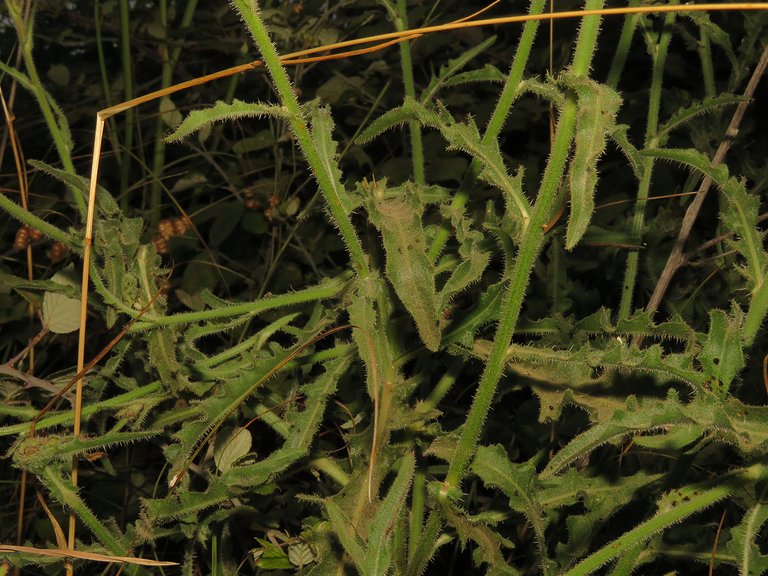
... on the Picris hieracioides plant.
When I first saw what looked like a bunch of caterpillars, I already knew that these are sawfly larvae ... but ...
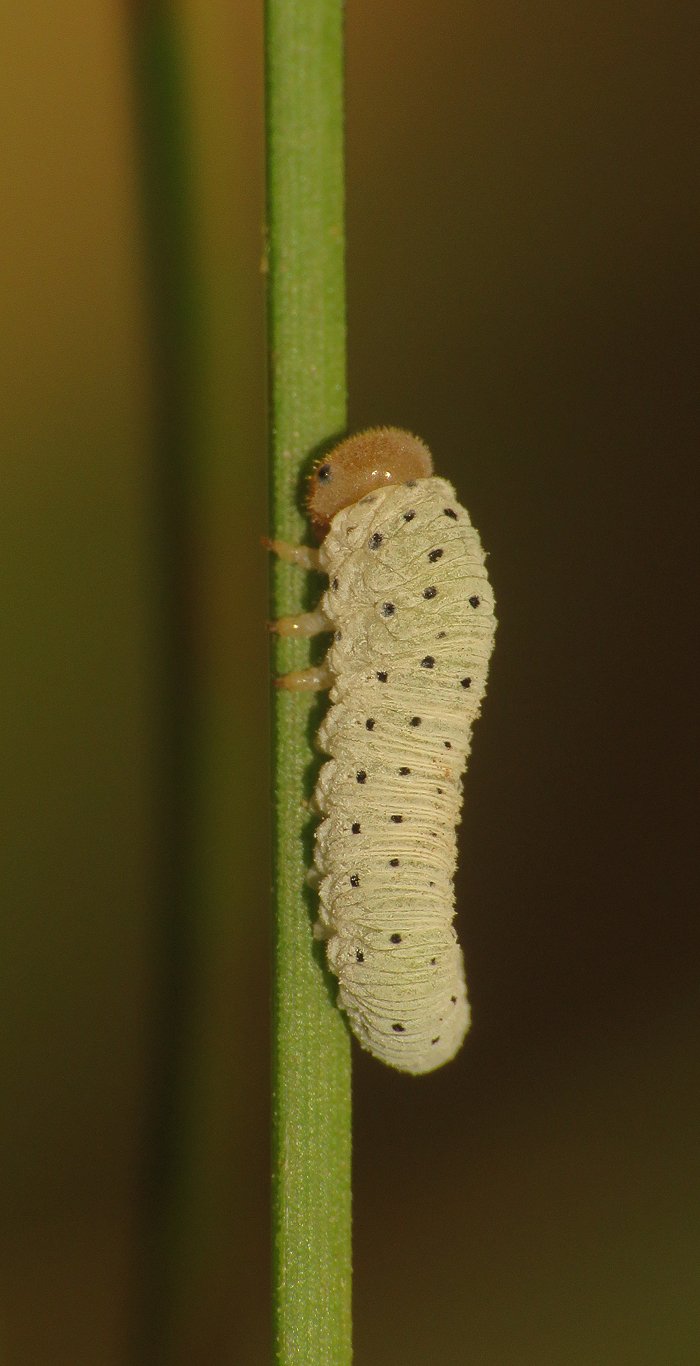
... only today, right now, while writing this post ...
... I found the exact species.
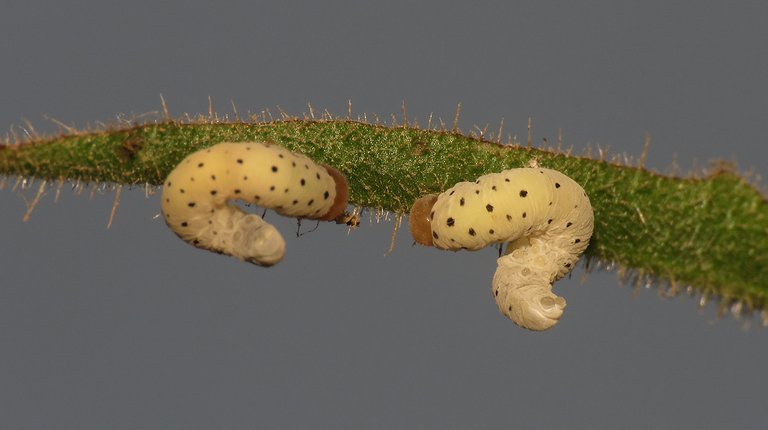
This is the larval stage of the Tenthredo neobesa sawfly.
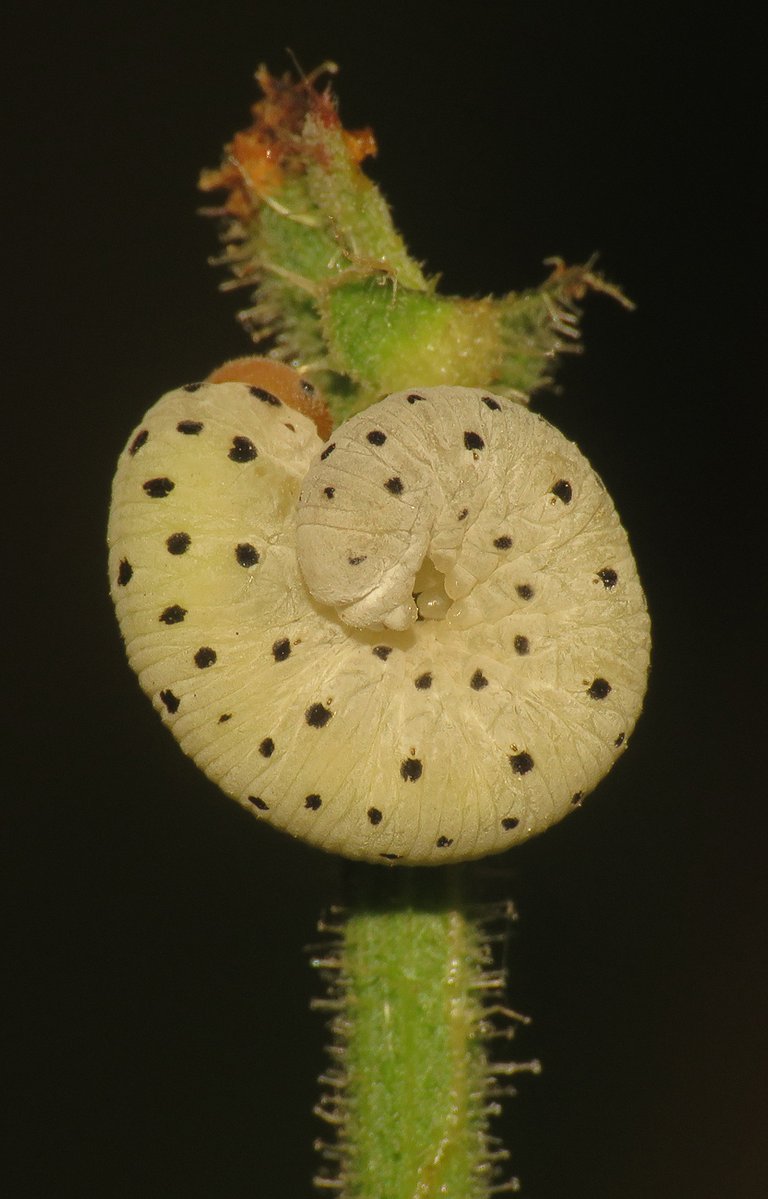
I didn't see any adults on that occasion ... nor after ...
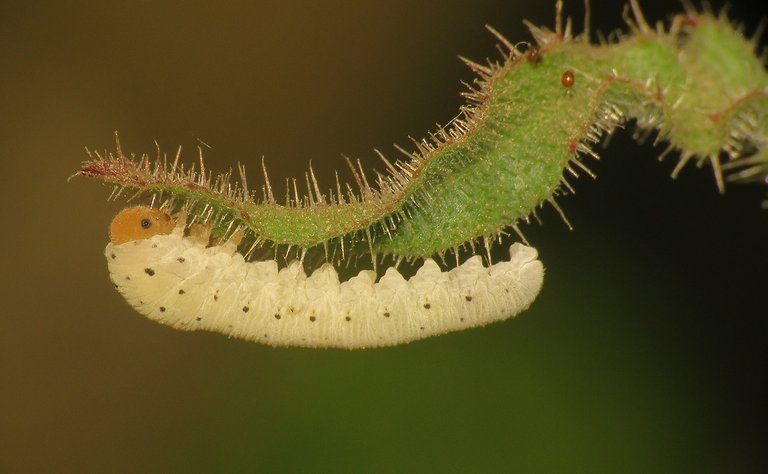
... so I can't show you here how they look.
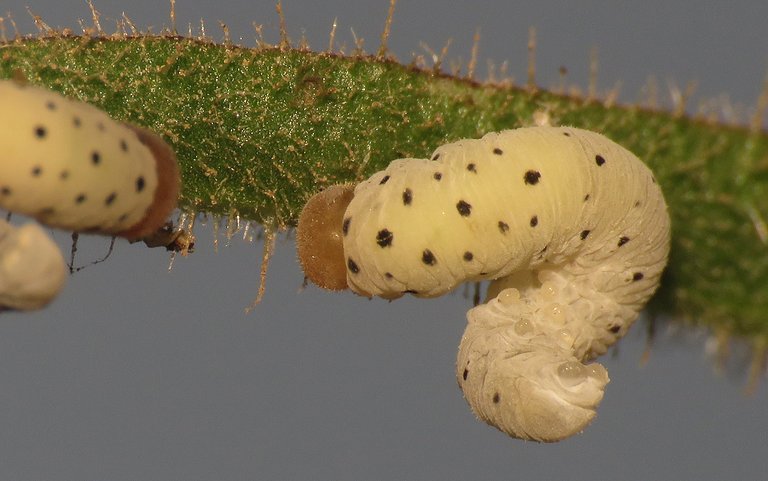
Sawflies are insects from the order Hymenoptera, related to ants, bees and wasps. Tenthredo neobesa is a species from the Tenthredininae family. Most sawflies from that family, are very wasp - like, and Tenthredo neobesa is not an exception. It looks like a small black wasp with two narrow stripes on the abdomen. Maybe an adult will appear in some future post. If that ever happens, I'll link this post to the new one for sure.
As the larva grows, it sheds the skin quite a few times. On this and the following shot ...
... you can take a good look at the larva that just got through that process.
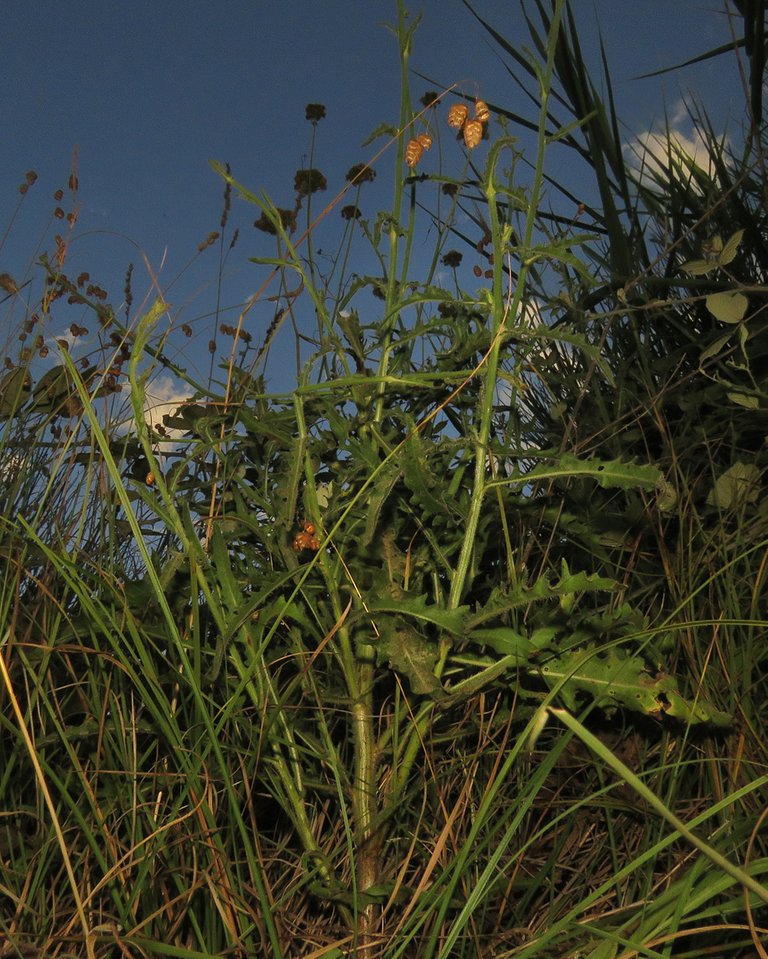
And now, with this portrait of the Picris hieracioides plant in the last days of June ...
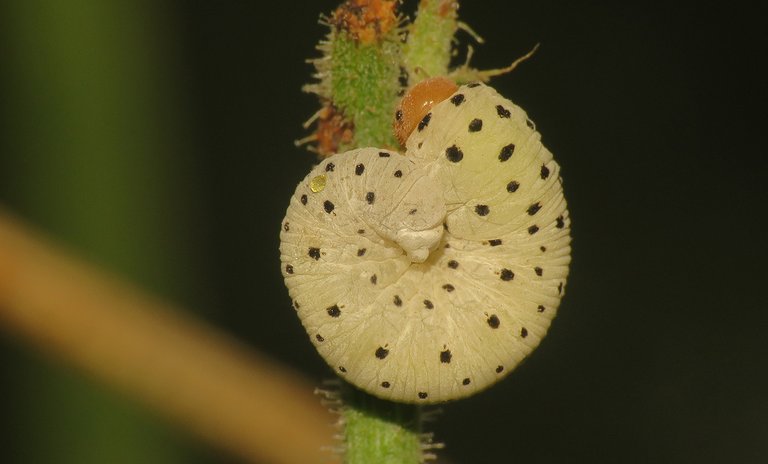
... and yet another larva ... is time to end this post .
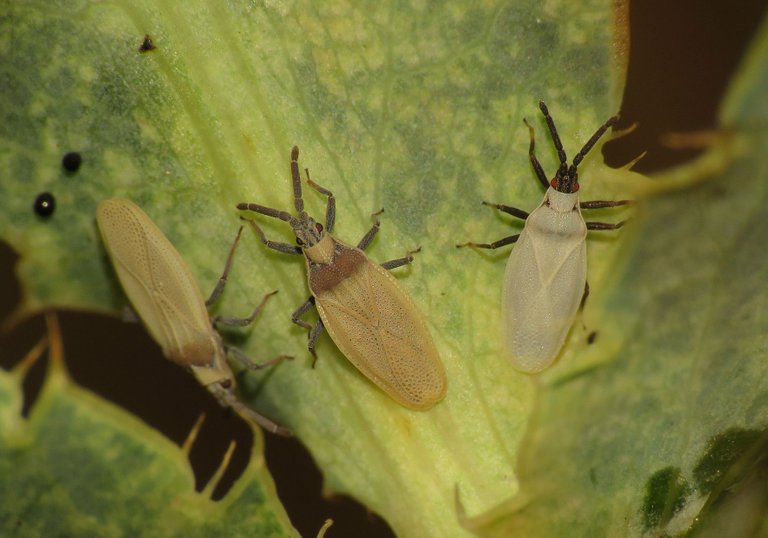
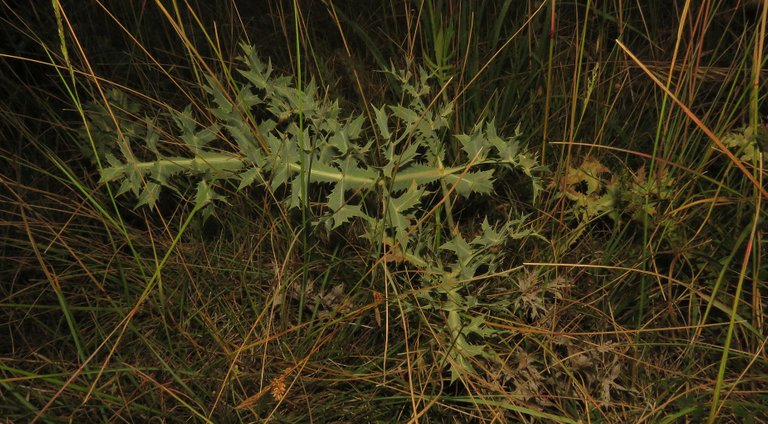
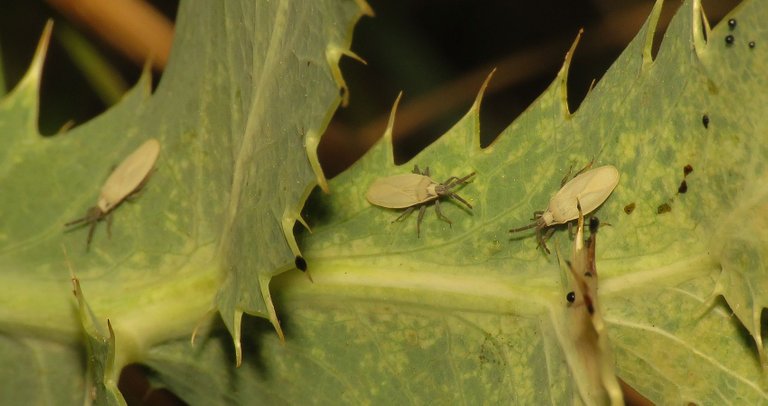
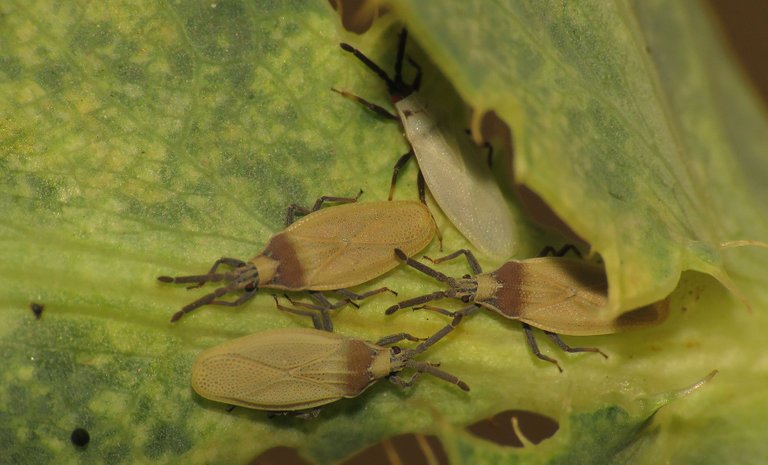
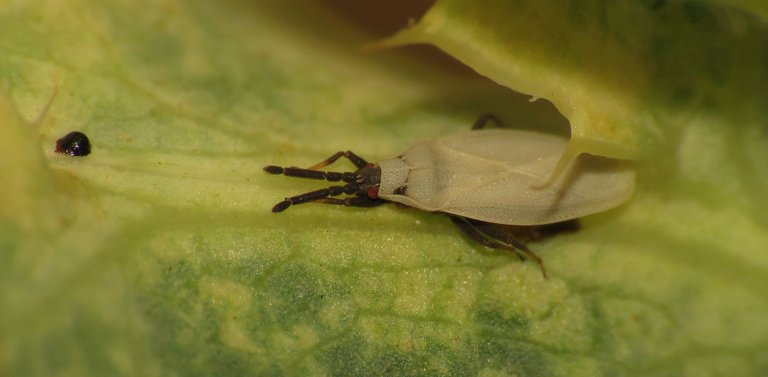

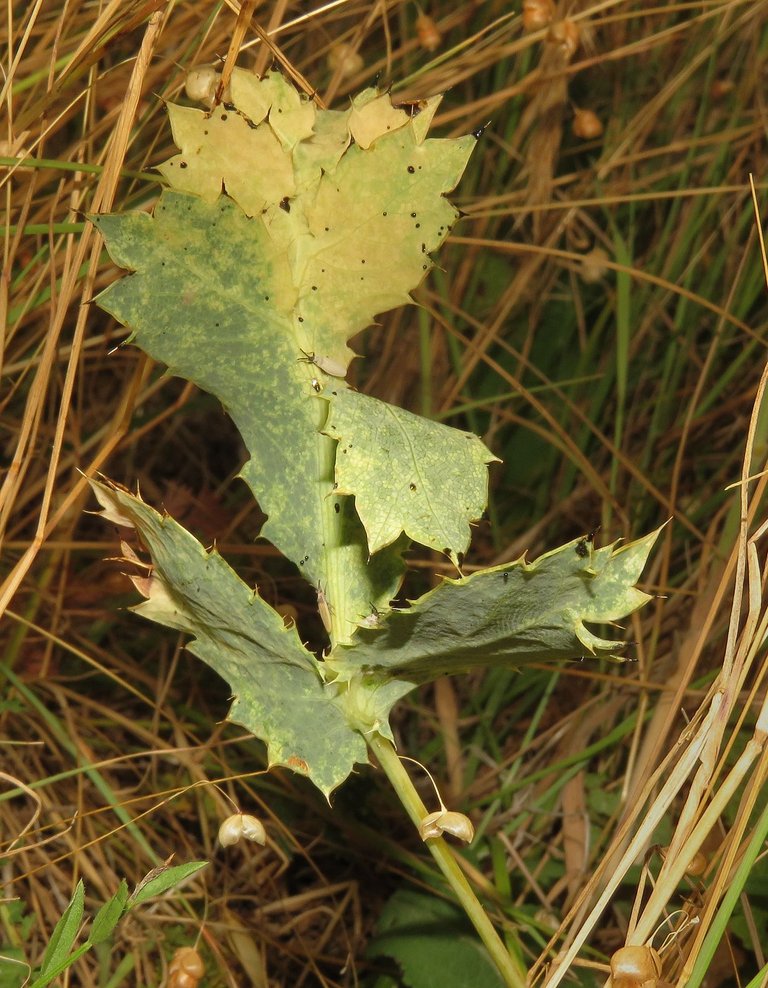
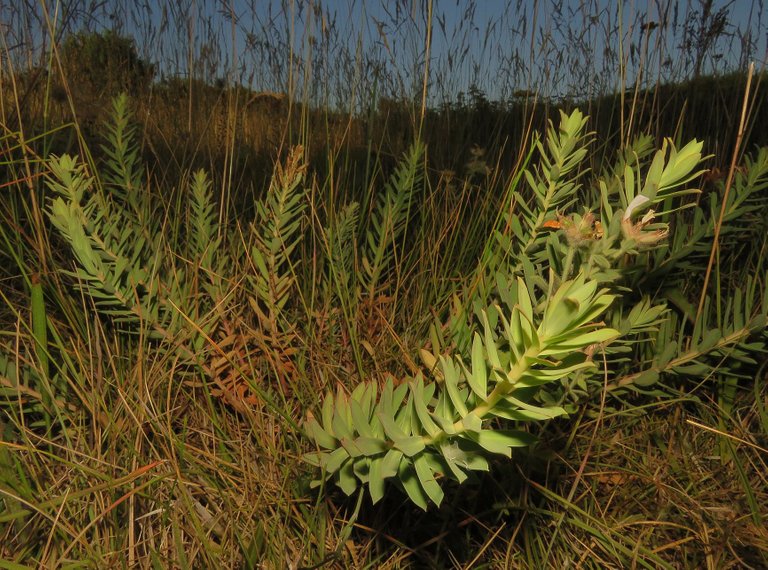
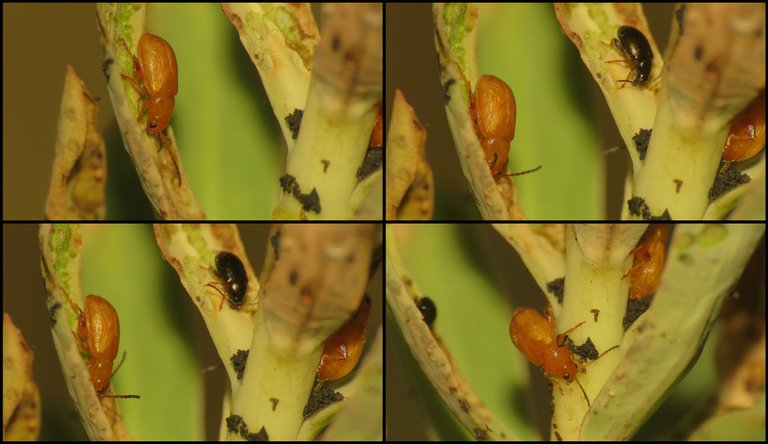
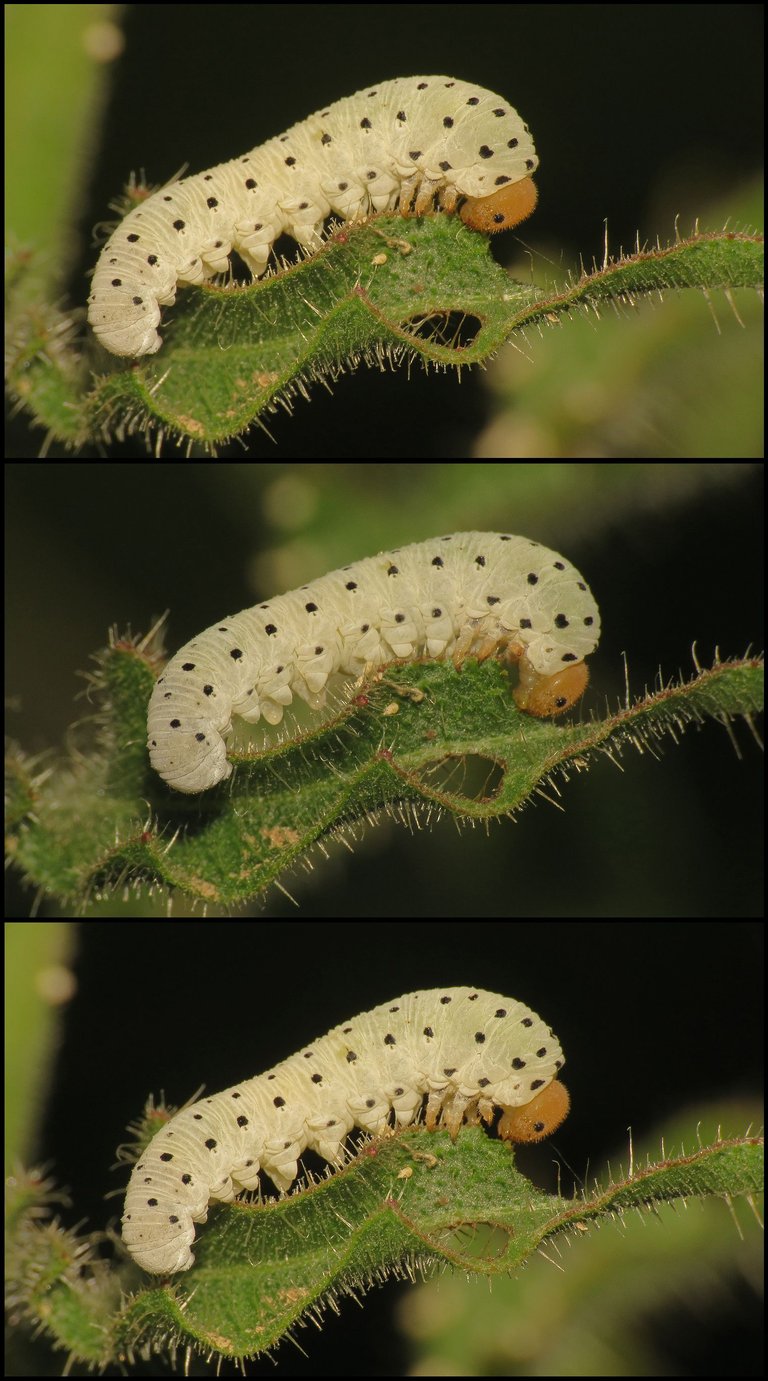
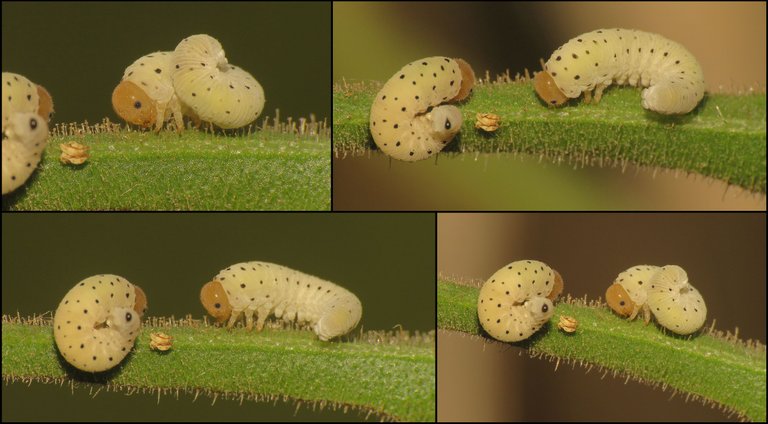

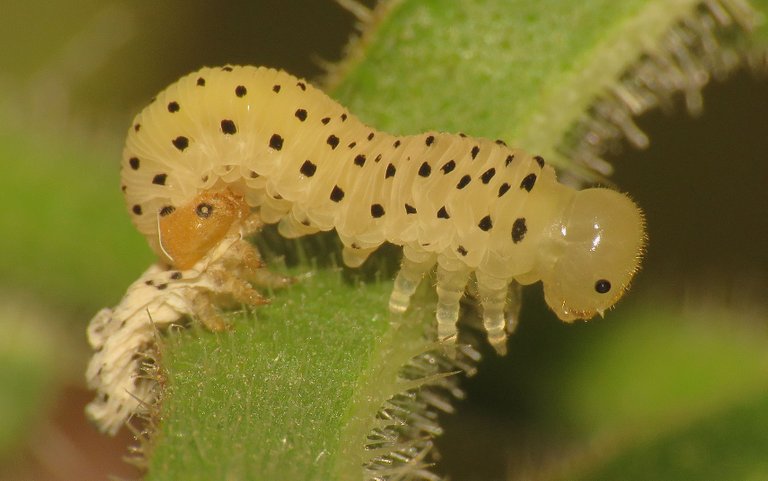
https://twitter.com/jlufer/status/1424840203232063494
The rewards earned on this comment will go directly to the person sharing the post on Twitter as long as they are registered with @poshtoken. Sign up at https://hiveposh.com.
@tipu curate 🐞
Upvoted 👌 (Mana: 34/74) Liquid rewards.
Wow, awesome pictures @borjan 🤯 .. every single one of them looks so well taken and the provided informations are really good .. especially the last paet with the larva is really nice 👌
Thank you :) glad you like the photo - story.
Excellent shots .. it really is a very complete post, the macro shots are a beauty .. greetings and thank you for contributing to the growth of this incredible community.
Thank you. :) Glad you like the post.
great macroshots
We appreciate your work and your post was manually curated by @none! from the DNA team!
Reach us on Discord to learn more about the project!
Thank you :)
Impressive @borjan, it's impossible not to rejoice with such great photos. The hemiptera Catoplatus carthusianus I have never appreciated it in my country, likewise, the photos of the larvae are incredible. I congratulate you for this magnificent photo album on some species of arthropods present in your country, a pleasure to read you, greetings.
Thank you ! :) Glad you like the post.
Amazing pictures!!!! You always have beautiful photos. I love all the pictures of you.
:) Thanks!